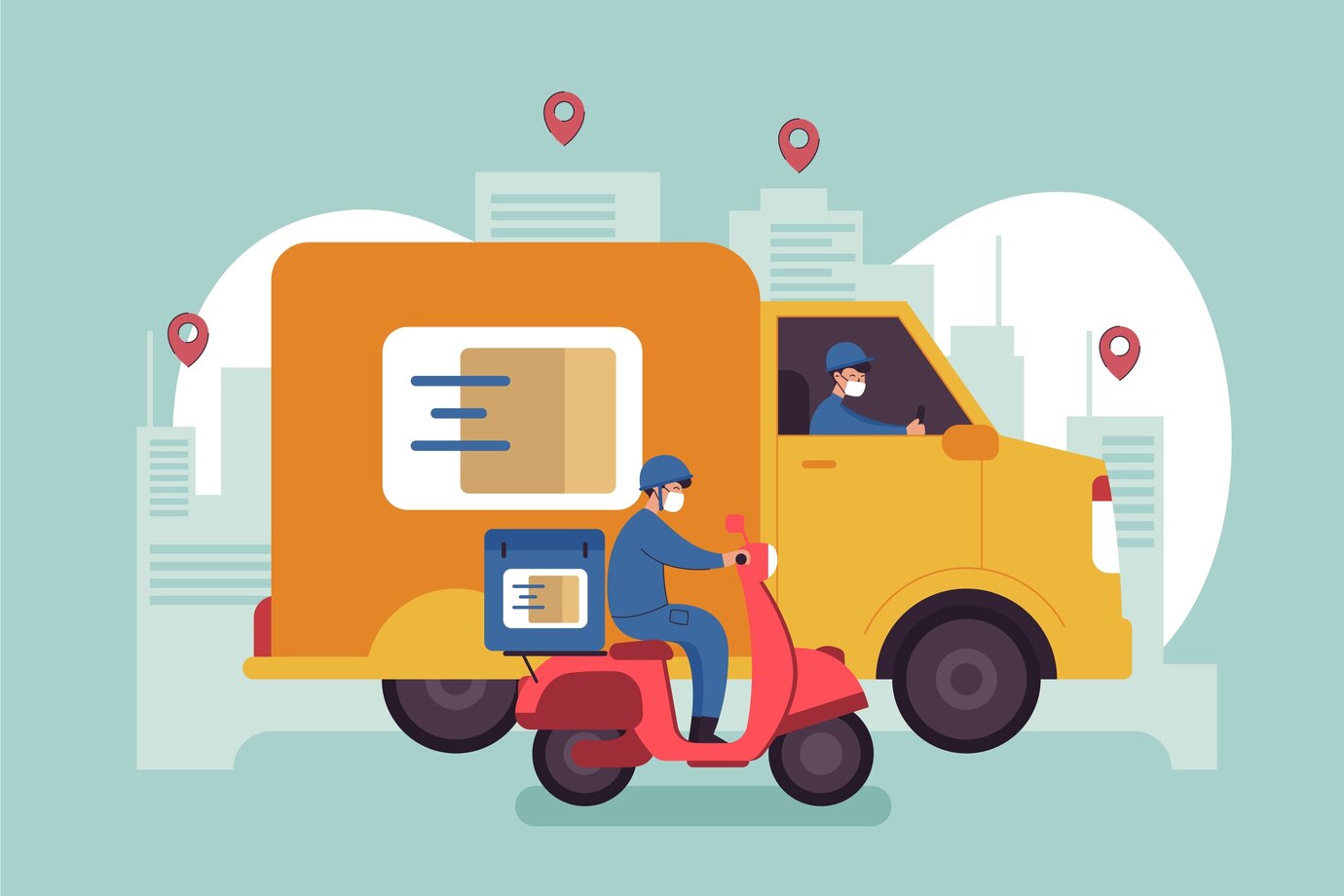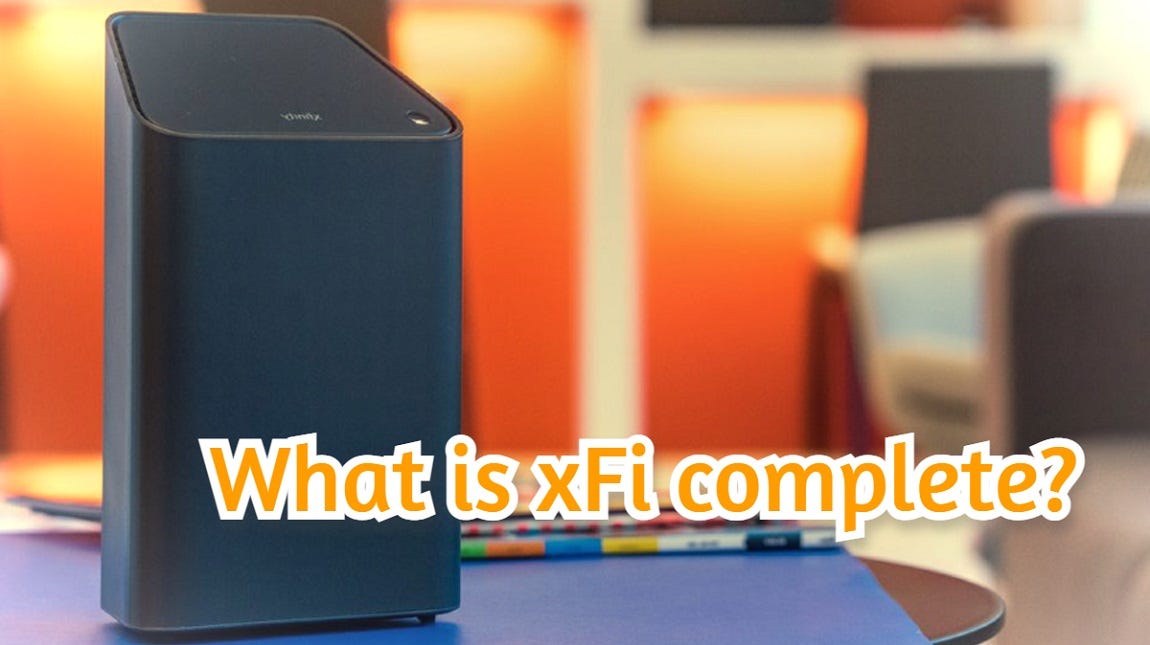The demand for delivery apps continues to grow, and as we approach 2025, businesses are seeking innovative ways to capitalize on this trend. If you’re looking to build a delivery app, now is the perfect time to tap into this market. But how do you create a successful app that stands out? Here’s a step-by-step guide to building a delivery app in 2025, from concept to launch.
1. Understand the market trends
In 2025, the delivery industry is evolving, with new trends shaping consumer expectations. Some key trends include:
- Sustainability: Eco-friendly delivery options, such as electric vehicles and drone deliveries, are gaining traction.
- Personalization: Consumers expect personalized experiences, including tailored product recommendations and flexible delivery options.
- AI and Automation: Artificial intelligence is transforming logistics, allowing for predictive delivery times, smarter route optimization, and more efficient customer support.
By aligning your app with these trends, you can meet user demands and ensure your app remains relevant.
2. Identify Your Niche
The delivery app market is diverse. To build a successful app, you must first define your niche. Will your app focus on food delivery, grocery delivery, or a broader scope like package deliveries? Understanding your target market will help you design features tailored to specific user needs.
Key Questions to Consider:
- Who are your potential customers?
- What specific pain points are you solving?
- How can you differentiate your app from competitors?
3. Choose the Right Features
To build a high-performing delivery app in 2025, you’ll need to include core features that align with both user and industry needs.
Must-Have Features:
- User-friendly Interface: A simple, intuitive design ensures users can easily navigate the app.
- Real-time Tracking: Users expect to track their deliveries in real-time with precise location updates.
- Multiple Payment Options: Support for digital wallets, cryptocurrencies, and traditional payment methods will be essential.
- AI-powered Search and Recommendations: Machine learning algorithms can enhance the user experience by offering relevant product suggestions.
- Smart Notifications: Keep users informed with status updates, promotional offers, and reminders.
- Driver Management Tools: Ensure drivers have the tools to accept tasks, optimize routes, and manage orders efficiently.
4. Choose the Right Tech Stack
The technology stack you choose will play a significant role in your app’s performance and scalability. For a robust and future-proof delivery app in 2025, you’ll need a combination of front-end, back-end, and database technologies.
Recommended Technologies:
- Frontend: React Native or Flutter for cross-platform mobile app development.
- Backend: Node.js or Ruby on Rails for handling server-side operations.
- Database: MongoDB or Firebase for real-time data management.
- Cloud Hosting: AWS or Google Cloud for scalable and secure cloud infrastructure.
- APIs: Integrate with mapping APIs (Google Maps, Mapbox), payment gateways, and communication tools like Twilio for seamless functionality.
5. Focus on UX/UI Design
In 2025, users expect visually appealing, yet functional apps. The design of your delivery app should prioritize user experience (UX) and user interface (UI). Your app should have an intuitive layout, fast loading times, and minimal steps from product selection to delivery confirmation.
Design Tips:
- Use a clean, minimalist design to reduce clutter.
- Implement AI-driven customization to cater to individual preferences.
- Ensure mobile responsiveness and fast performance across devices.
- Provide easy access to customer support features such as live chat or FAQs.
6. Implement AI and automation.
AI and automation are set to redefine the logistics and delivery industry in 2025. From optimizing delivery routes to offering automated customer support, AI can help streamline operations and cut costs.
AI Applications:
- Predictive Delivery Times: Use machine learning to provide customers with accurate ETAs based on traffic patterns, weather conditions, and delivery load.
- Smart Route Optimization: Automate route planning to minimize delays and reduce fuel consumption.
- Chatbots and Virtual Assistants: Use AI-powered chatbots to handle common customer queries, freeing up human resources for more complex tasks.
7. Test and iterate
Before launching your app, rigorous testing is essential. Use beta testing to gather feedback from a small user base. Identify bugs, issues, or areas of improvement, and iterate on the design until you have a polished product.
Testing Phases:
- Unit Testing: Ensure individual components of the app work as expected.
- Integration Testing: Confirm all modules and services function correctly together.
- User Acceptance Testing (UAT): Get real users to test the app and provide feedback.
- Performance Testing: Test for speed, scalability, and app load capacity.
8. Launch and Marketing Strategy
Launching your app successfully in 2025 requires a well-thought-out marketing strategy. Consider offering introductory promotions or discounts to attract users in the initial phase. Make use of social media, influencer partnerships, and search engine marketing to increase visibility.
Post-Launch Strategy:
- Onboarding Campaigns: Educate users on how to use your app through in-app tutorials or emails.
- Continuous Updates: Regularly update your app with new features and improvements based on user feedback.
- Customer Support: Provide 24/7 customer support to resolve user issues promptly and maintain high satisfaction levels.
Conclusion
Building a delivery app in 2025 requires more than just technical expertise. It involves understanding evolving market trends, identifying your niche, choosing the right technologies, and delivering a superior user experience. By following this guide, you can create a competitive, scalable, and successful delivery app that meets the demands of the future.



